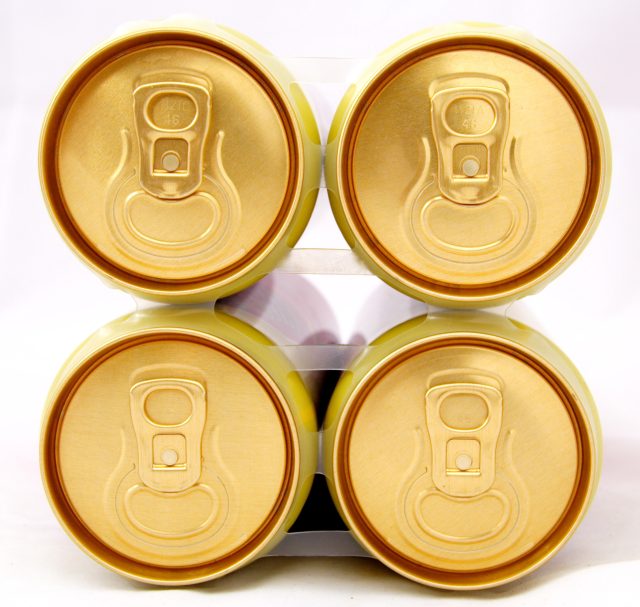Canned wine ‘least preferred’ packaging for consumers
Traditional glass bottles are still the most popular format for wine drinkers as canned wine is the least preferred, according to a new survey.

The study by the Ehrenberg-Bass Institute for the Wolf Blass Foundation of 1200 Australians ranked consumers preferred choices of wine packaging. It discovered that below glass bottles, consumers preferred cask wine and flat plastic wine bottles before canned formats at the bottm of the hierarchy, which drinkers “closely tied to specific occasions, such as drinking outdoors”, it said.
The research also highlighted that conventional glass wine bottles were the wine industry’s largest source of carbon emissions, with the manufacture of a single bottle generating 1.25kg of carbon dioxide.
In total, the production and transport of glass wine bottles make up more than two thirds of the wine industry’s total carbon output, with some of drinkers least preferred options actually delivering the best results in terms of sustainability.
The study discovered that alternative packaging including bag-in-a-box and aluminium cans, as well as new formats such as flat plastic bottles, were entering the market, and could be as much as 51% more carbon efficient than glass.
Focus
Lead researcher Jakob Mesidis said previous wine packaging research had focused on wine label and closure preferences, but there hadn’t been much attention paid to the format of the packaging. He said Australian consumers were resistant to embracing more environmentally-friendly options.
“We knew that consumers weren’t buying alternatively packaged wine at the same rate they were buying it bottled, so we wanted to know what we should change to motivate them to choose more sustainable options.
“There are some underlying prejudices in relation to alternative wine packages as they are seen as the cheaper, low-quality option when compared to glass bottles, which come with a sense of heritage and luxury.”
Partner Content
Speaking about canned wine, Mesidis explained it was still only an upcoming form of packaging, which could explain its placement in the hierarchy of preferences.
Rise in popularity
He said: “Canned wine has seen a rise in popularity but is still a small portion of the market. Flat bottles have only recently been introduced to Australia but have grown in popularity overseas.”
The study also found packaging was the biggest influence on consumers’ choices with price coming second and sustainability and brand being age-dependent in terms of priorities.
Alternative wine formats were also typically bought more by younger people. Consumers were found to be more likely to choose alternative wine packaging when it is priced at a mid-to-low price range and if it comes from a well-known, prestigious brand.
Mesidis added:“If a smaller, less-known winery’s mission is to grow its brand as much as possible, relying solely on alternatively packaged wines is not the way to go. Most Australians—for the time being—are still going to reach for a glass bottle when they’re at the shops.”
“Larger, more prestigious brands are likely to see more success with alternatively packaged wine. Ultimately, this research provides wine marketers with a foundation for their low-carbon wine packaging strategies, rather than blindly navigating this relatively new field.
“Research in this space is still young and there is exciting work to be done to better understand this burgeoning part of the wine industry.”
Related news
TWE experiments with 'elite' mildew and drought-resilient grapevines
Australian politician faces fine for drinking beer
South Australia wine exports to China reach post-tariff high




